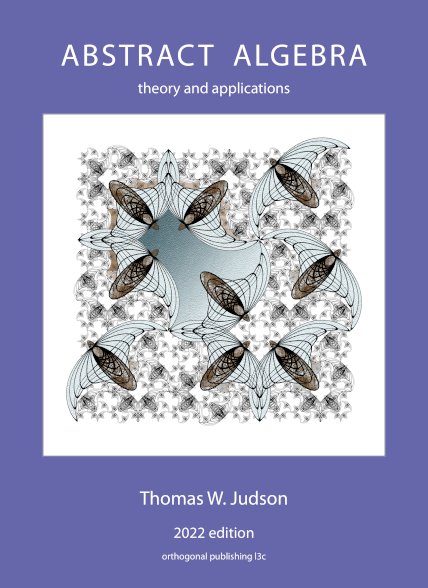Example 22.14.
Consider the
Messages in the first code are encoded as follows:
It is easy to see that the codewords form a cyclic code. In the second code, 3-tuples are encoded in the following manner:

